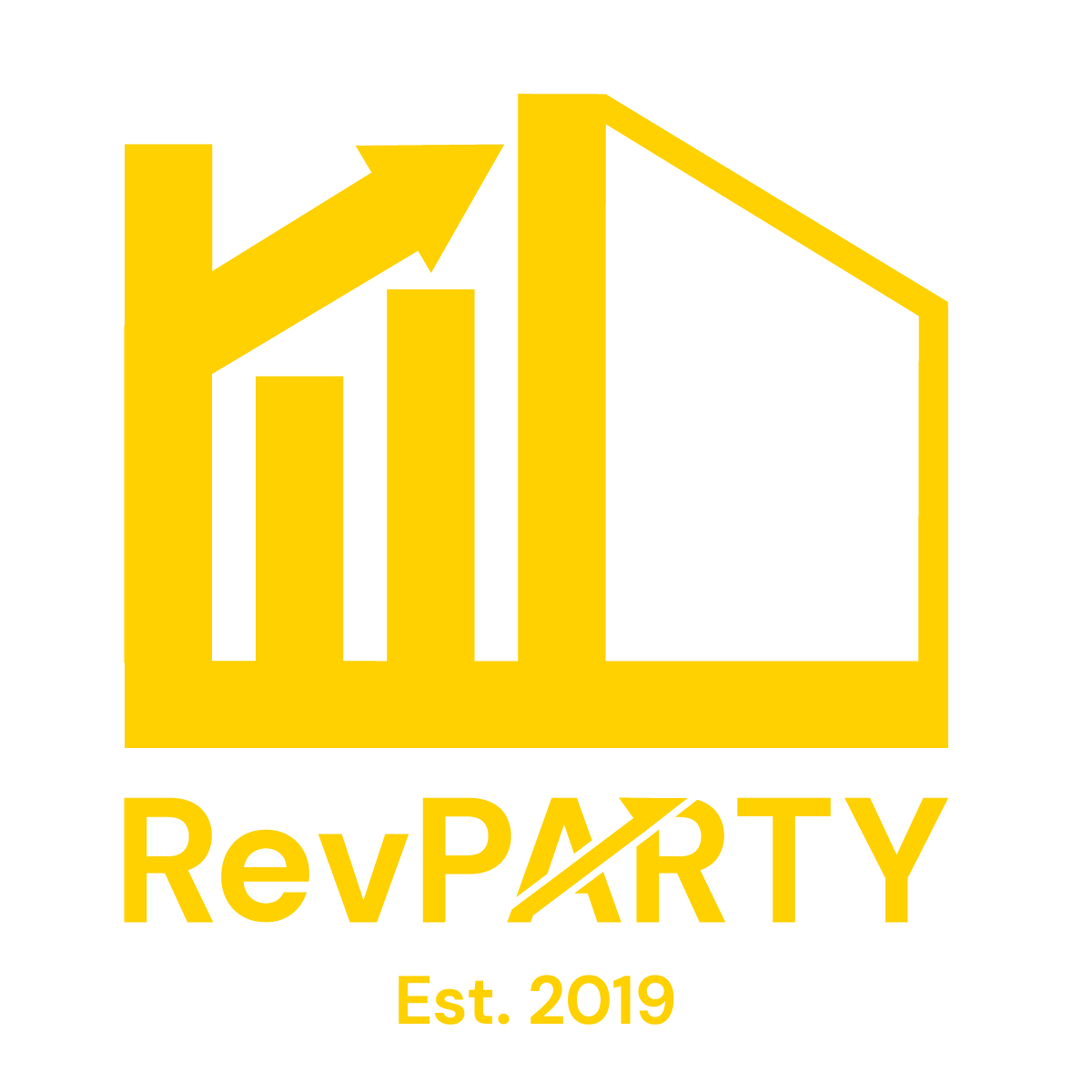Everyone loves comparing themselves to their competitive set … and for good reason. A compset provides useful information about the market you operate in and can glean valuable insights for functions such as pricing, assortment, promotion, strategic initiatives, and performance. However, creating and using the right compset is a mix of art and science. In this article, we’ll cover the fundamentals to help frame the competitive set conversation and ensure a strong foundation for more advanced methods.
Compset Selection
Selecting your compset is extremely important as it can influence any metrics and drastically alter your perception of the competitive landscape. Compsets can be selected for various reasons:
- A market segment to determine fair market share
- Competitors directly competing for the same customers
- Internal goal setting, alternative benchmarking, and comparisons for investors
Each of these compsets should be selected using different criteria to reflect the desired outcome. Competitors for fair market share are usually well defined by industry standards. Direct competitors often take more thought, more data, and more analysis to hone in on (here at RevPARTY we’ve developed a specific method that combines techniques from multiple industries to create the most useful compset for pricing). The remaining concepts are often driven by optics and strategic vision and are only limited by the imagination.
Many OTAs like Expedia, Booking.com, and AirBnB will provide compsets to you through their platform. Expedia and Booking.com, having their roots in hotels, primarily use page views to establish their suggested compset. AirBnB takes a bit more limited approach due to the diversity of their inventory and uses factors like location, number of bedrooms, and occupancy to suggest competitors.
Median Not Mean
After assembling a compset, usually to create simplified insights some sort of aggregated metric is desired. ADR, occupancy, RevPAR, all of these metrics are hard to use when there are five or more numbers floating around. When combining these metrics its important to use the median, not the mean, especially when it comes to pricing.
Take this example of different rates for a given day:
$95 $98 $75 $105 $149
There are two clear outliers, the low price of $75 and the high price of $149. If the compset was appropriately selected, then those two competitors will not consistently run that much higher and that much lower than the others in the compset. There are many factors that could be affecting those individual properties on a specific night that do not apply market wide. The higher priced property could’ve seen an irregularly large group booking, be hosting a conference, or have a hyper-local event happening. The lower priced property could’ve had a giant cancellation, had inventory released at the last minute, or messed up their revenue management strategy. In short, they’re not really informative or useful to decision making.
If you used the mean rate as your metric, then you would be operating with a compset price of $104. That price is actually higher than 60% of your competition. If the number of rooms differs by property you could be outpricing even more inventory. The median rate would be $98. While this is only a $6 difference, it more accurately reflects the market. Moreover, it is below the $100 mark which opens up to an entirely different consumer segment.
Even a difference as small as $6 can cause you to target completely different guests and over or under price huge amounts of market inventory. The established best practice is to use the median, not the mean, when using compset metrics.
CPI
CPI stands for “Competitive Price Index” (as opposed to the consumer price index often used in economic reports). It’s a metric most often used in retail where there are many similar products and stores all competing for the same business. CPI shows your market positioning by price.
To calculate CPI, simply divide your rate by your compset’s rate. For instance, if your price was $129 and your compset’s price was $149 then your CPI would be 87%. This would indicate that you are priced 13% below the market.
CPI is extremely useful in pricing as it allows you to easily benchmark against your competition, quantify your discount and premium, and can be used in an array of foundational analytics that drive revenue management strategy.
Using these simple methods you can easily improve your compset and begin to utilize it to produce more useful metrics, more insightful analytics, and better decisions. For help using advanced methods to make the most of your compset feel free to reach out to the RevPARTY team and really take your performance to the next level.

